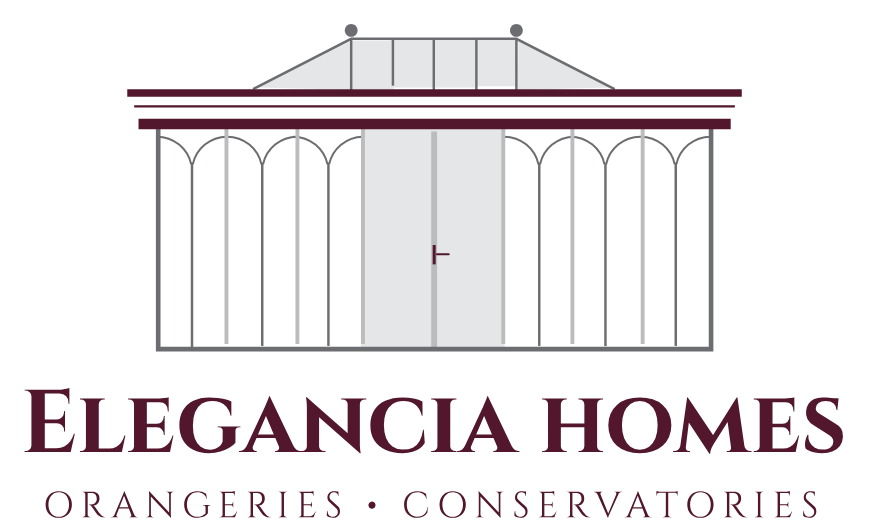So, you’re dreaming of an orangery, are you? Or maybe a charming outbuilding to extend your living space? Fantastic! It’s a journey I know well, and one of the biggest decisions you’ll face is choosing the right materials. I recently sat down with Danielle, a seasoned architect specialising in bespoke garden rooms, to get her take on navigating this crucial part of the process. Grab a cuppa, and let’s dive in!
Me: Danielle, thanks so much for chatting with me. So many people get bogged down in the material choices right at the start. Where do they even begin?
Danielle: (Laughs) Absolutely! It’s overwhelming. The first thing is to really consider longevity. How long do you want this structure to last? That immediately starts to narrow down your options. For instance, timber, while beautiful, requires consistent upkeep – regular painting or staining – to prevent rot and insect damage, especially in our lovely British climate. A well-maintained hardwood orangery, though, can easily last a lifetime or longer. A cheaper softwood less so.
Me: That makes sense. What about the sustainability aspect? I’m hearing more and more people prioritising eco-friendly materials.
Danielle: Exactly! Sustainability is huge. Timber, sourced from responsibly managed forests, is a great option. Look for certifications like FSC or PEFC. Brick is also relatively sustainable, particularly if you can source reclaimed bricks, which also add character. Metal, especially aluminium, is highly recyclable and durable, though its production can be energy-intensive. Comparing these options really highlights what each offers, but also the issues that may arise. For me, aluminium ticks most boxes for the frame, while using FSC timber for internal aesthetics.
Me: Okay, so we’re thinking about how long it will last and the environmental impact. Next up – the look! How do you advise people to match the new structure to their existing property?
Danielle: This is where things get really interesting! Think about the architectural style of your house. Is it Victorian brick? A modern render? For a seamless look, you’ll want to use similar materials or complementary ones. Brick is a classic choice that works well with many period properties. Timber-framed orangeries, especially those with elegant detailing, can beautifully complement older homes. For more contemporary houses, metal frames with large glass panels can create a striking, modern aesthetic. We are often asked to replicate the windows and doors, and using materials that have similar shades and textures really works well.
Me: And what about the glazing itself? Glass is such a key part of an orangery.
Danielle: Absolutely. When it comes to glazing, thermal performance is paramount. You want to choose glass that minimises heat loss in winter and prevents overheating in summer. Low-E (low-emissivity) glass is a must. Double or even triple glazing will further enhance insulation. Also, consider the security aspect, always choose laminated or toughened glass. For the best of both worlds, there are options that combine laminated glass with low-E coatings.
Me: Finally, what about comparing metal, brick, glass and timber when it comes to keeping it warm and the other elements at bay?
Danielle: Each material brings different properties to the table, but with the right application, all can be successful. Timber provides natural insulation, however it is prone to rot if not maintained and it is at risk of insect damage. Brick is also reasonably good at insulation and creates a good thermal mass, so it maintains warmth. Metal such as aluminium is not good at all at insulation, however, with the application of a thermal break, this can be overcome. Finally, the glass allows heat to escape, so good quality glazing will keep you toasty warm in winter, but nice and cool in summer. It’s all about balancing aesthetics, budget, and practical considerations.
So, in summary, when choosing your materials, think about the longevity, sustainability, the look and feel you want to create. Consider the thermal performance to ensure it is pleasant to use all year around. It’s a balancing act, but with careful consideration, you can create a beautiful and functional space that you’ll enjoy for years to come.


